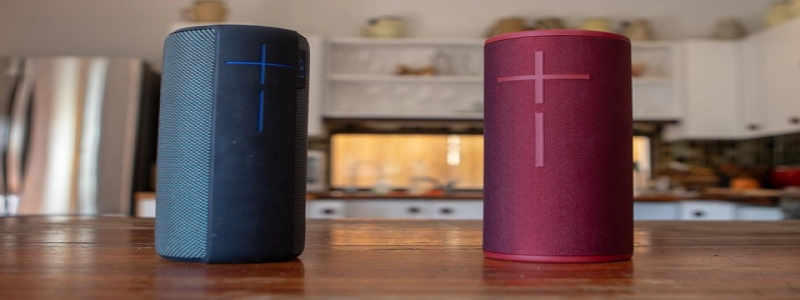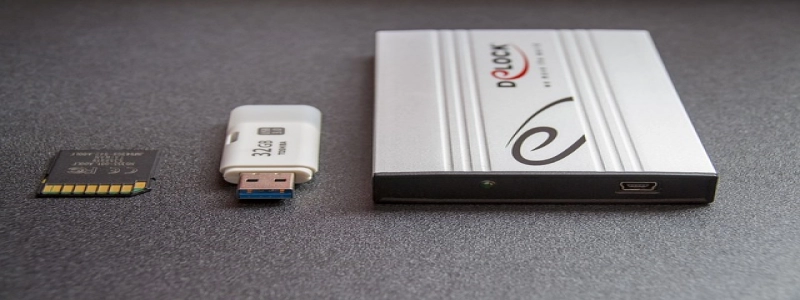Copper SFP: Enhancing Networking Efficiency with High-Speed Data Transmission
Introduction:
The need for high-speed data transmission has become indispensable in today’s fast-paced world. Copper Small Form Factor Pluggable (SFP) modules have emerged as a reliable solution to meet this demand. This article aims to provide a comprehensive understanding of copper SFPs, their benefits, and how they enhance networking efficiency.
I. What are Copper SFPs?
1.1 Definition
Copper SFPs, also known as copper transceivers, are compact, hot-swappable interface modules designed for data communication over copper cables.
1.2 Features
– Supports high-speed Ethernet, including 10/100/1000 Mbps.
– Compatible with a wide range of networking devices, such as switches, routers, and network interface cards.
– Offers a flexible and cost-effective solution for short-distance data transmission.
II. Benefits of Copper SFPs
2.1 Enhanced Data Transmission
Copper SFPs allow for high-speed data transmission over copper cables, enabling efficient communication between network devices.
2.2 Cost Efficiency
Compared to fiber-optic solutions, copper SFPs are more cost-effective, making them a preferred choice for short-range communication.
2.3 Compatibility
Copper SFPs are compatible with various network devices, allowing for easy integration into existing network infrastructure without major modifications.
2.4 Hot-Swap Capability
The hot-swap feature of copper SFPs enables easy installation and replacement without disrupting the network operation, ensuring minimal downtime.
III. Applications of Copper SFPs
3.1 Local Area Networks (LANs)
Copper SFPs are extensively used in LAN environments, where short-range data transmission is required for connecting devices within a limited area.
3.2 Data Centers
In data centers, where high-speed data transmission is crucial, copper SFPs provide a reliable solution for connecting servers, storage devices, and switches.
3.3 Industrial Networks
Copper SFPs find applications in industrial environments, where the ability to transmit data over copper cables is advantageous due to its durability and resistance to electromagnetic interference.
IV. Considerations for Copper SFPs
4.1 Cable Length Limitations
Copper SFPs have limitations in terms of cable length as compared to fiber-optic alternatives. Network administrators need to consider the maximum supported cable length for efficient data transmission.
4.2 Network Compatibility
Compatibility with existing network infrastructure is essential. Network administrators should verify the compatibility of copper SFPs with their network devices.
4.3 Environmental Factors
Copper SFPs may be susceptible to environmental factors such as temperature, humidity, and electrical interference. It is imperative to select copper SFPs suitable for the intended environment.
Conclusion:
Copper SFPs offer a reliable and cost-effective solution for high-speed data transmission over short distances. Their compatibility, scalability, and hot-swap capability make them an ideal choice for various networking applications. However, it is important to consider cable length limitations, network compatibility, and environmental factors when deploying copper SFPs. With their ability to enhance networking efficiency, copper SFPs play a vital role in meeting the increasing demands of today’s data-driven world.








